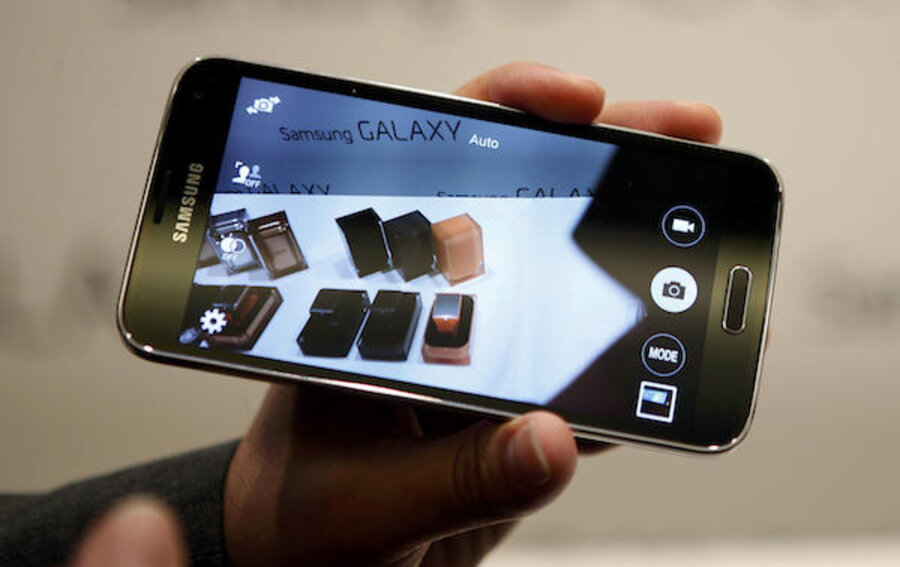Samsung tiptoes toward foldable screens with Galaxy S6 Edge's wraparound screen
What’s in a smart phone screen? The next wave of innovation and top selling handsets, according to the world’s top smart phone makers.
The iPhone 6 and 6 Plus may have won the hearts of phablet-lovers in the US and abroad with Apple's larger-than-ever screen size, but Samsung reportedly has something unique up its sleeve for the upcoming Galaxy S6 Edge.
The smart phone will apparently feature a “wraparound screen” that can be viewed from the front and two curved sides. Will it be enough to wrangle fickle smart phone users in an increasingly competitive mobile market?
Samsung is expected to release two versions of its next line of Galaxy smart phones just before the Mobile World Congress in Spain next month. One version will be a typical upgraded version of its highly popular Galaxy line, but the premium version will feature the wraparound screen, according to Bloomberg citing sources with knowledge of the matter. Both will have metal cases and feature Samsung’s fastest processor ever. Both are being developed under the codename “Project Zero.”
Previously, the Galaxy Note Edge featured a screen that covered one edge, so users could read apps at an angle. Bloomberg’s sources did not indicate the purpose of an extra curved edge, but experts say this could be a move to draw attention to its screen innovations ahead of future models.
"The ultimate goal of Samsung is to make a truly foldable device at some point and the dual-edge screens will help it draw more attention from device makers to its most advanced display technology,” says Seoul-based IBK Securities analyst Lee Seung-woo to Bloomberg.
The move is to help Samsung retain its hold as a top smart phone seller in a rapidly growing and shifting global market. Samsung’s last Galaxy, the S5, did not perform as well as its previous counterparts. The company has been squeezed by Apple’s continued movement into emerging markets and by the rise in popularity of smaller Asian tech companies. For example, Apple took a chunk out of Samsung’s sales in China by debuting a large screen, a popular feature with Chinese consumers. In the meantime, smaller players such as Lenovo and Xiaomi have debuted phones with similar specs to luxury brands but at a fraction of the cost, appealing to the masses.
Where will Samsung fit in this new mobile world order? It hopes to stay on top, but it knows it will have to offer something big in coming years to remain there.






